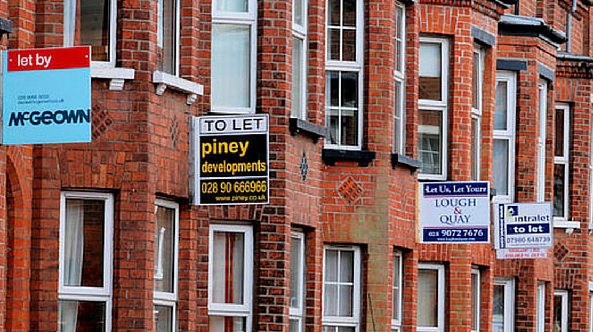Today’s tenants are staying for longer in their rental properties, and landlords are seeing greater demand for their buy-to-lets.
New research by Paragon is predicting that during the course of 2020 the demand for rented residential property is set to grow.
Paragon’s Trends research found that around four out of 10 (37%) landlords surveyed are expect tenant demand to grow during 2020, compared to just 7.3% predicting a drop.
In the last quarter of 2019, more than a quarter (27%) of landlords reported an upturn in the number of tenants actively wanting to rent.
More renting households in the UK
The English Housing Survey, published by the government, found that the number of households in the private Rented Sector has remained unchanged at 4.6 million, or 19% of all housing tenures. This is still at an all-time high for the survey, showing how preferences and expectations as well as the ability to own a home has changed over time.
The report from Paragon discovered that over the last decade, what has changed and increased is the average period tenants are choosing to remain in private rented property – increasing from an average of 4.1 years to 4.4 years. The proportion of 55-64 year-olds in private rented accommodation increased from 7% to 10%.
Richard Rowntree, Paragon managing director of mortgages, said: “Although homeownership is increasing on the back of government policies, there is clearly still growing demand for rented property for a variety of reasons.”
“We expect to see tenant demand to continue to increase in the coming years and it’s important the private rented sector is adequately financed to ensure tenants have a good choice of property and rental inflation is kept under control.”
Changes in the private rented sector
A number of industry bodies, including RICS and the RLA/NLA, are urging the government to focus on the private rented sector in its upcoming spring Budget. With greater numbers of people living in buy-to-let properties until an older age, the sector’s needs and the needs of tenants is changing, and this must be catered for by landlords.
New data from the Office for National Statistics (ONS) shows that people aged between 35 and 44-years old are now three and a half times more likely to be living in privately rented accommodation than they were in 1993. The sector has expanded over the years to accommodate this trend, but recent changes to regulation has led to some buy-to-let landlords either being put off the industry, or changing their focus towards short-term lets.
By shifting the focus back towards improving the private rented sector for both landlords and tenants, the government can respond to the changing dynamics of the country’s housing market, while still encouraging homeownership in the UK for those who want it.









